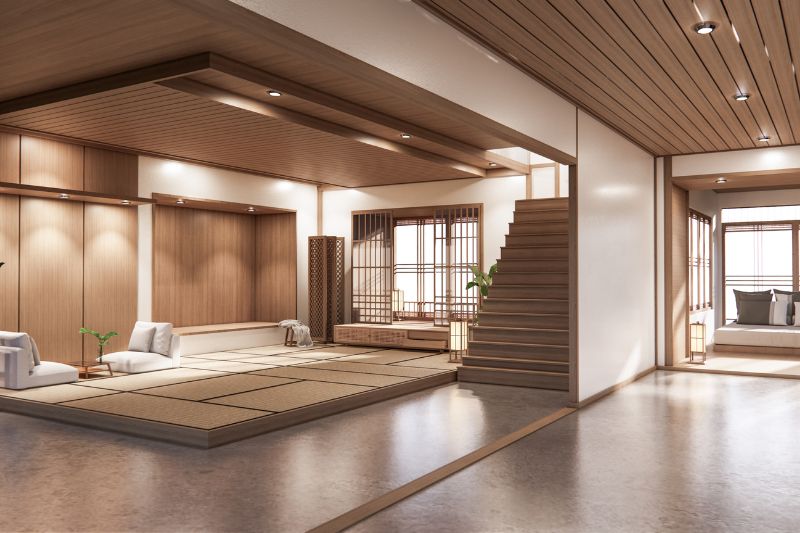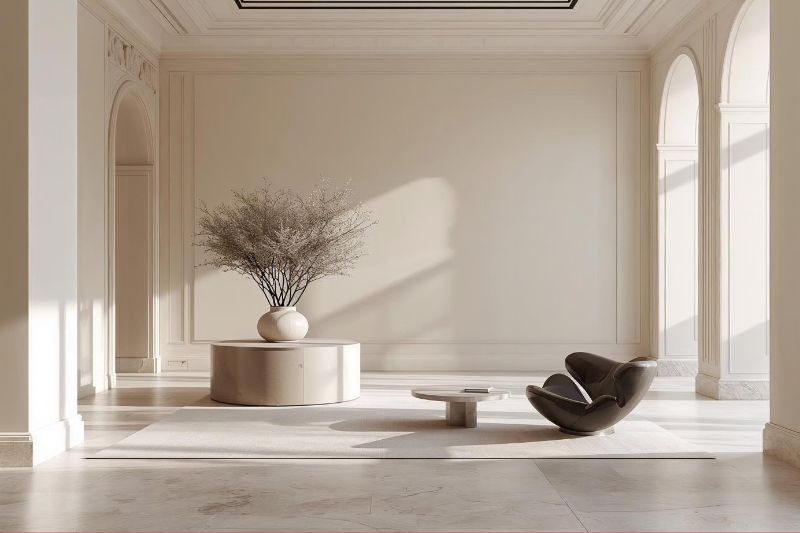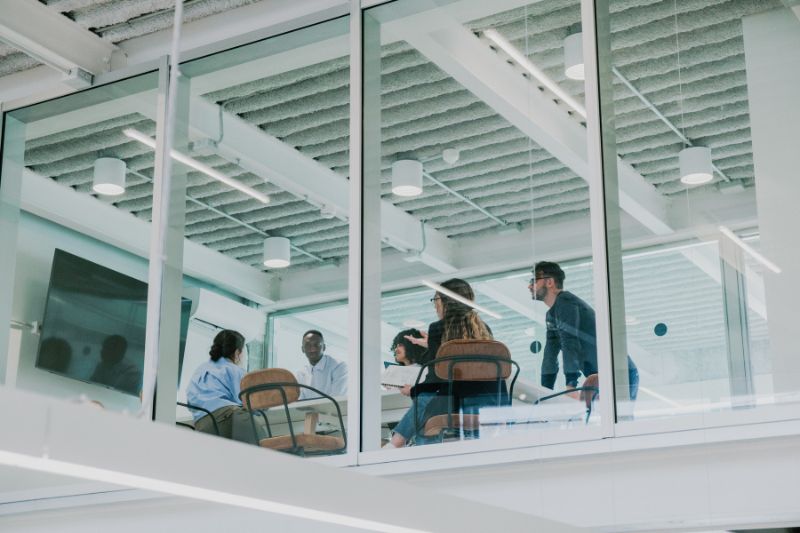In April, Milan transforms and not just because springtime makes it nicer to sit outside as you sip your spritz. The city becomes something else entirely: a living, breathing canvas where design spills out from conventional exhibition halls and into courtyards, abandoned factories, historic palazzos, and neighbourhood streets. This is Fuorisalone, and if you're a brand manager considering participation, you need to understand that this isn't simply another trade show.
Whilst the Salone Internazionale del Mobile, happening at the same time, occupies the Rho Fiera pavilions with its organised structure and commercial focus, Fuorisalone operates as the creative counterpoint—a citywide celebration that turns Milan into the undisputed capital of international design for one intense week. The contrast matters. The Salone offers predictability; Fuorisalone offers possibility and defines the unique pulse of the Fuorisalone design week that runs alongside the Salone.
Perhaps 400,000 visitors will descend on Milan during this period. Design professionals, journalists, influencers, and enthusiasts navigate between installations scattered across multiple districts. The event typically runs during the first half of April, creating a concentrated burst of creative energy that brands either harness brilliantly or fumble entirely. It’s during this Milano Design Week that the city reveals its most vibrant and innovative side, merging business and artistry in ways few other global events can match.

Understanding the Fuorisalone ecosystem during Design Week Milan
Let's be clear about what you're dealing with. Fuorisalone isn't a single organised event with centralised management and neat schedules. It's decentralised chaos in the best possible sense—hundreds of independent exhibitions, installations, and brand activations happening simultaneously across Milan's urban fabric as part of the larger Design Week Milan experience.
The official Salone del Mobile operates at the trade fair grounds. Straightforward enough. But Fuorisalone? It colonises the entire city. Showrooms transform into immersive brand experiences. Galleries host product launches. Abandoned industrial spaces become temporary pavilions. Even residential courtyards might hide unexpected installations that form part of the Fuorisalone design week narrative.
This diffusion creates both opportunity and challenge. Your brand gains the chance to connect with audiences in unexpected contexts, moving beyond the sterile environment of traditional exhibition stands. However, you're also competing for attention amongst potentially thousands of other activations, each vying for the same eyeballs and Instagram stories during Milano Design Week.
The design districts that matter
The event unfolds across key districts including Brera, Tortona, Porta Venezia, 5VIE, Durini, and Isola, each possessing distinct character and audience demographics. Brera attracts luxury brands and established names—think refined presentations in historic settings. Zona Tortona? More experimental, younger energy, often featuring emerging designers alongside major brands willing to take creative risks.
5VIE occupies the historic centre, weaving installations through medieval streets and Renaissance courtyards. Milano Durini Design represents the traditional showroom district, whilst Isola brings an edgier, neighbourhood-focused approach. Porta Venezia positions itself around diversity and contemporary perspectives. Geography influences everything. Your district choice signals your brand positioning before visitors even encounter your installation. Established heritage brand? Brera makes sense. Disruptive tech company pushing boundaries? Tortona might serve you better. The decision isn't arbitrary—it's strategic communication that defines your visibility during Design Week Milan.
Planning your Fuorisalone presence at Milano Design Week
Most brands begin planning 12 to 18 months ahead. This might seem excessive until you realise that prime locations book out rapidly, quality fabricators maintain packed schedules, and effective PR requires significant lead time. Show up six months before the event hoping to secure a great venue? You've already lost.
Budget considerations vary wildly depending on ambition. A modest installation in a shared space might cost €30,000–50,000. Mid-range brand activations typically run €100,000–250,000. Major installations from luxury brands or tech giants? Seven figures isn't uncommon. Large fashion brands like Louis Vuitton or Hermès showcase their object collections, whilst electronics giants such as Samsung or Huawei organise events where design drives improvements to daily life. The level of planning required reflects the global competition for attention that defines Milano Design Week.
Making Design Week Milan and Fuorisalone work for your brand
Fuorisalone demands significant investment—financial resources, time, creative energy, and organisational commitment. Not every brand should participate. For those whose products, services, or brand positioning align naturally with Milan's design community, however, few events offer comparable impact. The Fuorisalone design week experience amplifies creativity and gives brands global exposure unlike any other design festival.

The key lies in approaching it properly. Half-hearted participation wastes money and damages reputation more effectively than skipping entirely. But thoughtful planning, professional execution, and strategic follow-through can position your brand at the centre of global design conversation for years. The synergy between Fuorisalone and Milano Design Week transforms ideas into international visibility and connections that endure.
Start by honestly assessing whether Fuorisalone makes sense for your specific situation. If you choose to attend, start planning as soon as possible, working with experts who understand Milan's design scene deeply. Shape an experience that communicates real brand values instead of chasing fleeting trends. Build strategies that extend beyond the physical week, covering both what comes before and after. Above all, Fuorisalone rewards a sincere commitment to design and creativity. The event emerged from designers' desire to escape conventional trade show constraints and experiment with how design interacts with urban life. Brands that honour this spirit—contributing meaningfully to Milan's temporary transformation into design capital—find audiences respond with enthusiasm and loyalty.
The city awaits. The question is whether your brand is ready to make its mark on Milan's design landscape.



